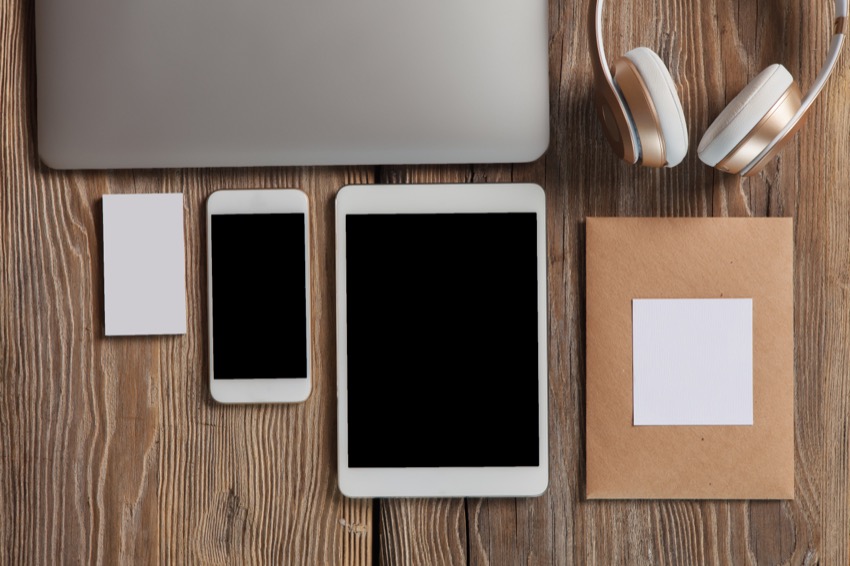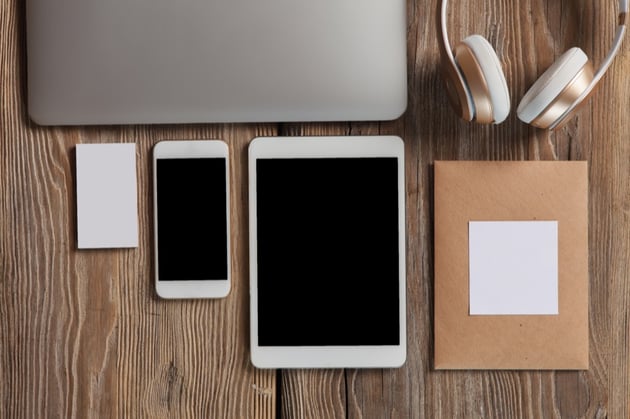If you want to replace or change your favicon in the future, simply follow the same steps.
Best Practices for Creating a Favicon
Creating a favicon that is optimized for different devices and browsers is crucial for website design and development. Here are some best practices for creating a favicon:
- Size: Favicons should be either 16×16 or 32×32 pixels in size. They should be small and lightweight to ensure fast loading times.
- Format: Favicons can be saved as .ico or .png files. It is recommended to use the .ico format for better browser compatibility.
- Design: Favicons should be simple and easily recognizable. They should be consistent with the website’s branding and color scheme.
- Test: Test the favicon on different devices and browsers to ensure that it appears correctly. It should be optimized for different resolutions and screen sizes.
- Consistency: Use the same favicon across different platforms and websites to maintain consistency and enhance brand recognition.
Tips for Optimizing the Favicon for Different Devices



Optimizing the favicon for different devices and browsers is crucial for website design and development. Here are some tips for optimizing the favicon:
Use Different Sizes
Create multiple versions of the favicon in different sizes to ensure that it appears correctly on different devices and browsers. Use 16×16 pixels, 32×32 pixels, and 64×64 pixels for optimal compatibility.
Use Responsive Design
Use responsive design techniques to ensure that the favicon scales correctly on different devices and screen sizes. This will help maintain the favicon’s visibility and recognition.
Use the correct format: Use the .ico format for the favicon to ensure that it is compatible with most browsers. If you use the .png format, make sure to specify the correct MIME type in the HTML.
Use Caching
Use caching techniques to ensure that the favicon loads quickly on different devices and browsers. This will help improve the website’s performance and enhance the user experience.
Test on Different Devices and Browsers
Test the favicon on different devices and browsers to ensure that it appears correctly. Use online testing tools or emulators to simulate different environments.
Discover Top WordPress Plugins
There are plenty of amazing WordPress plugins that you can add to your website to give it more functionality. Be sure to check out the articles below for even ideas on top-quality WordPress plugins that you can download today.
Upload Your Favicon Now!
A favicon is a small but essential element of website design and development. It helps in establishing brand identity and recognition, improving website usability, and adding to the website’s aesthetics.
In this article, I covered the importance of having a favicon and provided a step-by-step guide to how to change the WordPress favicon settings. I also shared some tips for optimizing the favicon for different devices and browsers.
By following these guidelines, you can ensure that your WordPress website has a unique and optimized favicon that enhances your brand identity, improves the user experience, and makes your website more visually appealing. Remember to test your favicon on different devices and browsers to ensure that it appears correctly.
Need new creative assets for your WordPress website, like favicons? Envato Elements has tons of high-quality WordPress plugins, images, fonts, and much more for you to download. Unlimited use for a simple monthly fee!